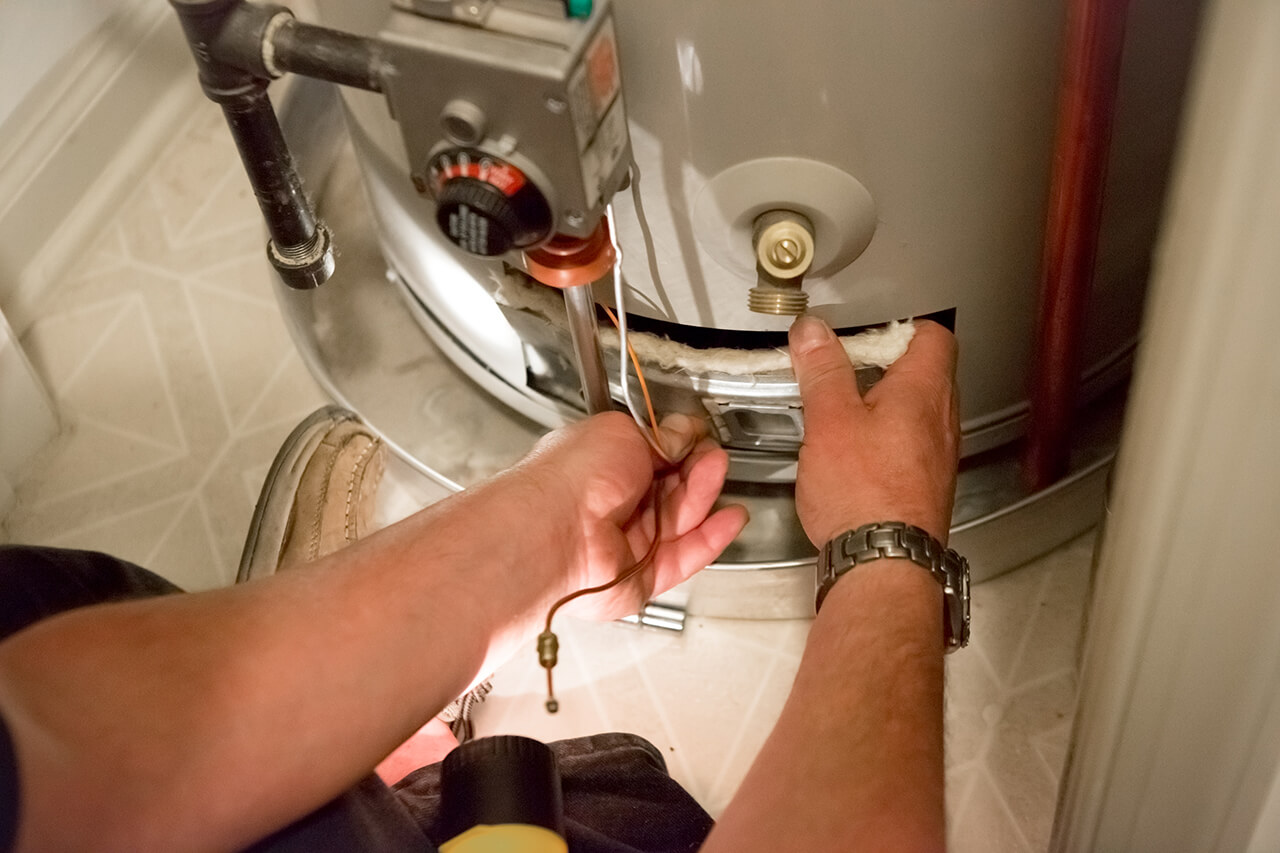
Find top rated sewer main install, replace or repairers in your area
Enter your zip and get matched with up to 3 pros
Matching on HomeAdvisor


Sewer main install, replace or repairers near you
Verified Reviews for Sewer Main Install Replace Or Repair pros in
*The Angi rating for Sewer Main Install Replace Or Repair companies in is a rating based on verified reviews from our community of homeowners who have used these pros to meet their Sewer Main Install Replace Or Repair needs.
*The HomeAdvisor rating for Sewer Main Install Replace Or Repair companies in is a rating based on verified reviews from our community of homeowners who have used these pros to meet their Sewer Main Install Replace Or Repair needs.
Last update on
Sewer Main - Install, Replace or Repair FAQs
Sewer line replacement typically costs between $50 and $250 per foot. The price depends on the material you choose and the complexity of the project. PVC pipes are more affordable, while copper pipes are more expensive. Factors like trenching requirements, how accessible your sewer line is, and labor rates in your area also affect the overall cost per foot.
A sewer sleeve is a method used to repair cracks or holes in existing sewer pipes without excavation. Professionals employ a cured-in-place pipe (CIPP) lining technique, where an epoxy-saturated liner is inserted into the damaged pipe to seal defects. This minimally invasive process avoids digging up your yard and is more cost-effective than replacing the entire pipe, extending the life of your sewer system.
Most newer homes use PVC and ABS piping because they're durable, have smooth interiors that prevent clogs, and are affordable. If your home is older, your pipes might be made of copper, Orangeburg, clay, cast iron, or even lead. It's important to have a plumber inspect your piping before handling it, as some older materials can contain toxic substances.
You can look for several signs to tell if your sewer pipes are damaged. Persistent clogs and frequent sewage backups are common indicators of a problem. Sudden increases in utility bills may signal a leak, while sulfur smells suggest sewage is not properly contained. Additionally, noticing sewage in your yard points to a possible sewer line break that requires immediate attention.
While not all plumbing work requires a permit, any work involving a sewer line is almost guaranteed to require permits in every town or city due to sanitary concerns and biohazard risks. Your plumbing pro can handle permits, or you can call or apply for a permit online at your city’s building department.
A clogged sewer line is generally not covered by standard homeowner's insurance policies. Insurance often excludes damage resulting from regular wear and tear or neglect. However, if the clog is due to sudden and accidental damage, such as tree roots infiltrating the line, some policies may offer coverage. It's important to review your policy or speak with your insurance provider to understand your specific coverage.





- Plumbing - Multiple Projects
- Plumbing for a Remodel or Addition - Install
- Plumbing Item Repair
- Water Heater - Repair or Service
- Sink Repair
- Drain Repair
- Shower Install or Replace
- Pipe Repair
- Tankless Water Heater - Install
- Water Main - Install, Replace or Repair
- Sump Pump - Repair or Replace
- Faucets, Fixtures and Pipes - Repair or Replace
- Plumbing Item Installation
- Sink Installation
- Pipe Installation
- Faucet Installation
- Gas Piping
- Plumbing Multi-Item Installation
- Water Heater - Install or Replace
- Drain Installation
- Plumbing Multi-item Repair
- Toilet Installation
- Sump Pump or Interior Foundation Drains - Install



